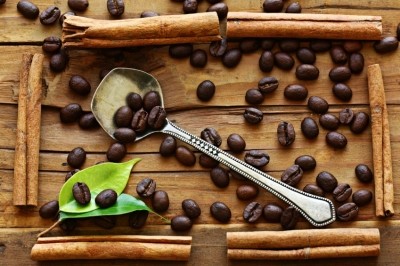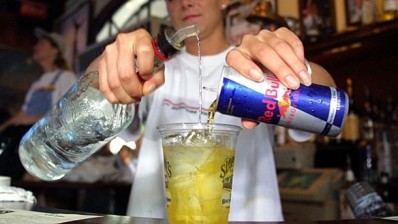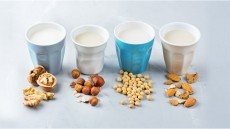Oz industry to government: Leave caffeinated energy drinks alone

The Australian Beverages Council (ABC) was responding to widely reported claims of a sleep specialist at a children’s hospital, who reported that 35% of teenagers out of a sample of 110 would consume at least two cans of energy drinks per day.
Geoff Parker, CEO of the Australian Beverages Council, said that it was an overreach to suggest a third of teenagers have excessive consumption.
“By law energy drinks are clearly labelled that they are not suitable for children and no more than two per day should be consumed.
“These regulations, in addition to a cap on the caffeine content equivalent to an instant cup of coffee for a 250ml can, make our energy drink regulations the toughest in the world,” said Parker.
Parker cited government data, which revealed that in the 14-16 year old bracket, just 3.8% of the total caffeine intake is from energy drinks, and said that if a fraction of the population are over-consuming, no amount of regulation will work.
Parker’s comments come days after Australia’s Federal Department of Health released a new discussion paper aimed at the regulation and availability of caffeinated energy drinks in Australia and New Zealand.
Pushed by growing concerns from health groups about the adverse medical affects of the products, the department said the paper had been put together to offer “policy guidance” on the issue.
“There is some public concern that this increase in the range of products may be associated with increased dietary exposure to caffeine and that increased dietary exposure may have implications for individual and population health,” the paper said.
Smell the coffee!
Parker however believes that caffeinated energy drinks are the wrong place to start with if the issue is of health concerns, citing the National Caffeine Consumption Survey, which the body commissioned.
According to the survey, which polled 1,105 Australians aged 15-49 on a range of questions regarding their weekly and monthly consumption of products that contain caffeine, coffee and tea remain the major contributors to caffeine consumption.
The survey found that together, they represent 70% of the weekly caffeine intake, with coffee (instant, coffee shop, ground coffee at home, iced coffee, and espresso) collectively contributing a 52% and tea (iced, green, and black) contributing 19%. Other contributors were cola drinks at 18%, and chocolate and energy drinks at 5% each.
“All of the hype is around energy drinks, yet they only contribute 5% to the caffeine intake of Australians,” he said.
Parker said that in considering caffeine in the diet and any changes to the regulations, the government must recognise coffee is the obvious place to start.
“On the one hand, coffee is the most highly caffeinated product and is by far the largest contributor to caffeine intake, with up to 250mg in a long black.
“But then on the other hand, there is absolutely no limit on how much caffeine may be in a cup of coffee and no labelling requirements,” said Parker.
“No matter what lens you view it through, the scales just don’t balance,” he added.



















